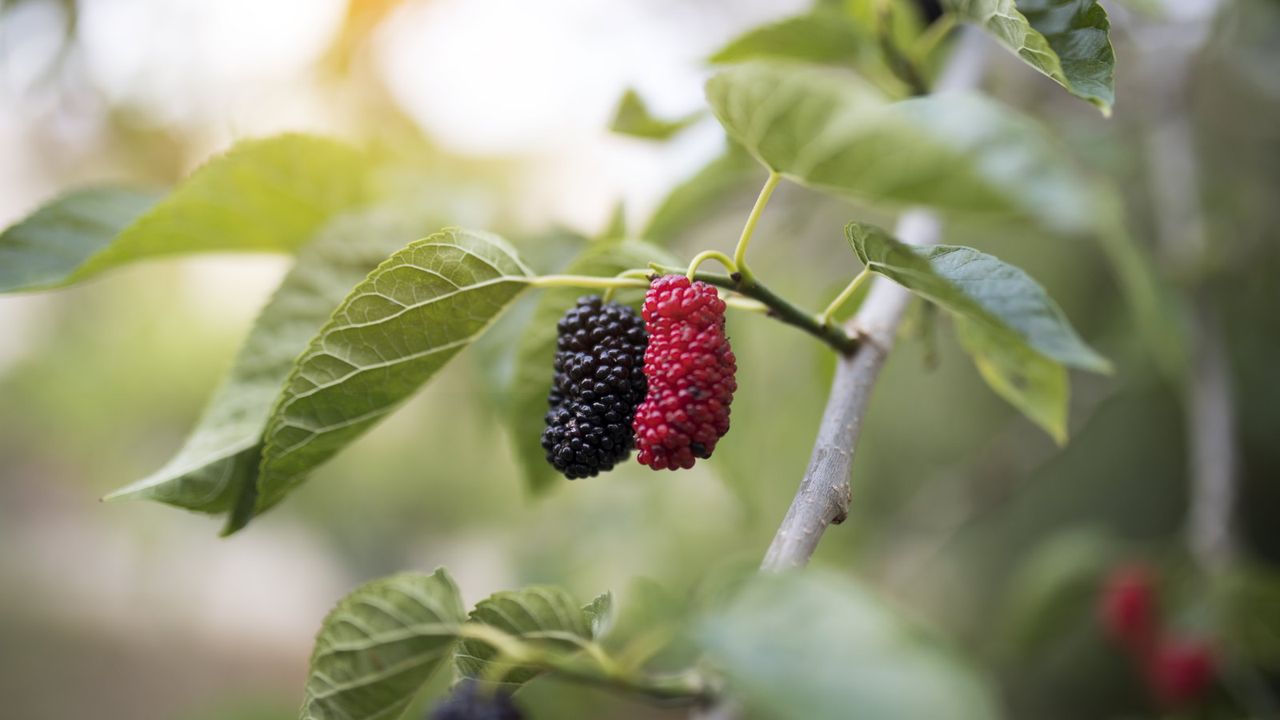
Mulberry trees are a delightful addition to any garden, offering not only shade and ornamental beauty but also a delicious bounty of fruit.
While they are generally low-maintenance, understanding their seasonal needs and implementing strategic care can significantly improve their fruiting potential.
There are so many wonderful fruit trees to choose from, but mulberry stands out for its juicy red and black berries. This guide to getting a mulberry tree to fruit provides a detailed approach to cultivating a prolific mulberry tree, with tips for each season to produce optimal fruiting.
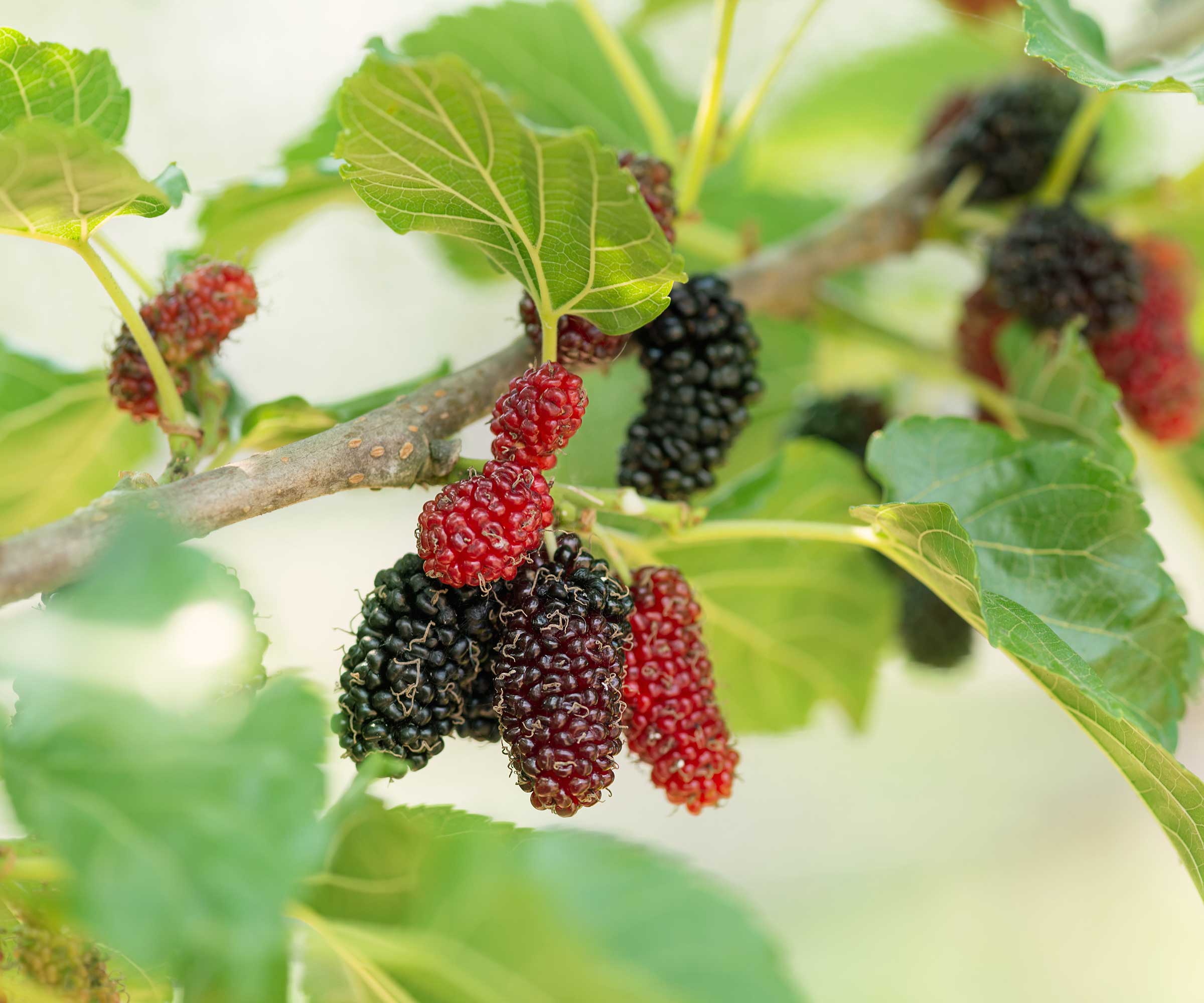
Expert advice for getting more fruits from your mulberry tree
These trees grow across US hardiness zone four to zone eight, and require warmer conditions to be fruitful. If your mulberry tree is struggling to produce fruit, don't be disheartened – you might only need to make some simple adjustments.
Mulberry trees are usually ready to harvest during summer, but they will only start producing fruit once they've reached a level of maturity. This means they might not produce fruit until they're between six to 10 years old.
How to get a mulberry to fruit – fall tips
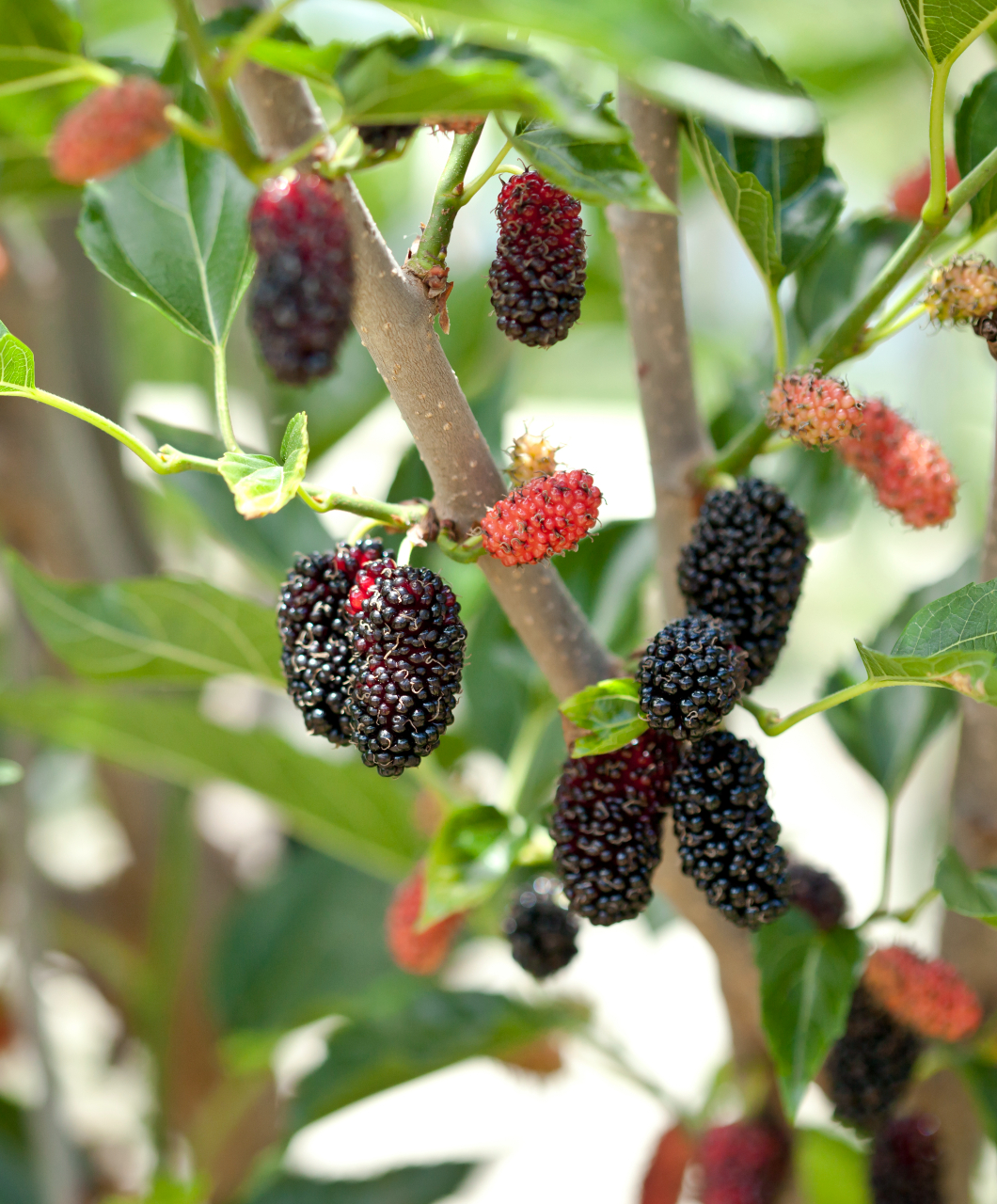
Watering reduction: As fall sets in and temperatures begin to drop, it’s best to gradually reduce watering. The tree will naturally slow its growth and prepare to enter dormancy, so its water needs will lessen too.
‘When it comes to caring for mulberry trees, good water management is essential,’ says Grant Beuter from Moon Valley Nurseries. ‘Deep watering is particularly important – mulberries need a moderate amount of moisture, but allowing the soil to dry out between watering sessions is key to their success,’ he explains.
The ideal approach is to water deeply but less frequently. This ensures the roots receive enough moisture without becoming waterlogged, which can lead to problems over time.
‘It’s important to adjust how often and how long you water throughout the year,’ Grant adds. ‘In hot weather, water more often; when it’s cooler, scale it back. This simple habit can help keep the tree healthy and improve fruit production.’
It can sometimes be tricky to judge when to water your plants, which is why a soil moisture meter (available at Amazon) is essential for identifying when the soil around your mulberry tree has dried out.
Mulching for winter protection: Apply a fresh layer of organic mulch (compost, wood chips, or shredded leaves) around the base of the tree.
This helps to retain soil moisture, regulate soil temperature, and provide a slow release of nutrients as the mulch breaks down, offering protection through the winter.
How to get a mulberry to fruit – winter tips
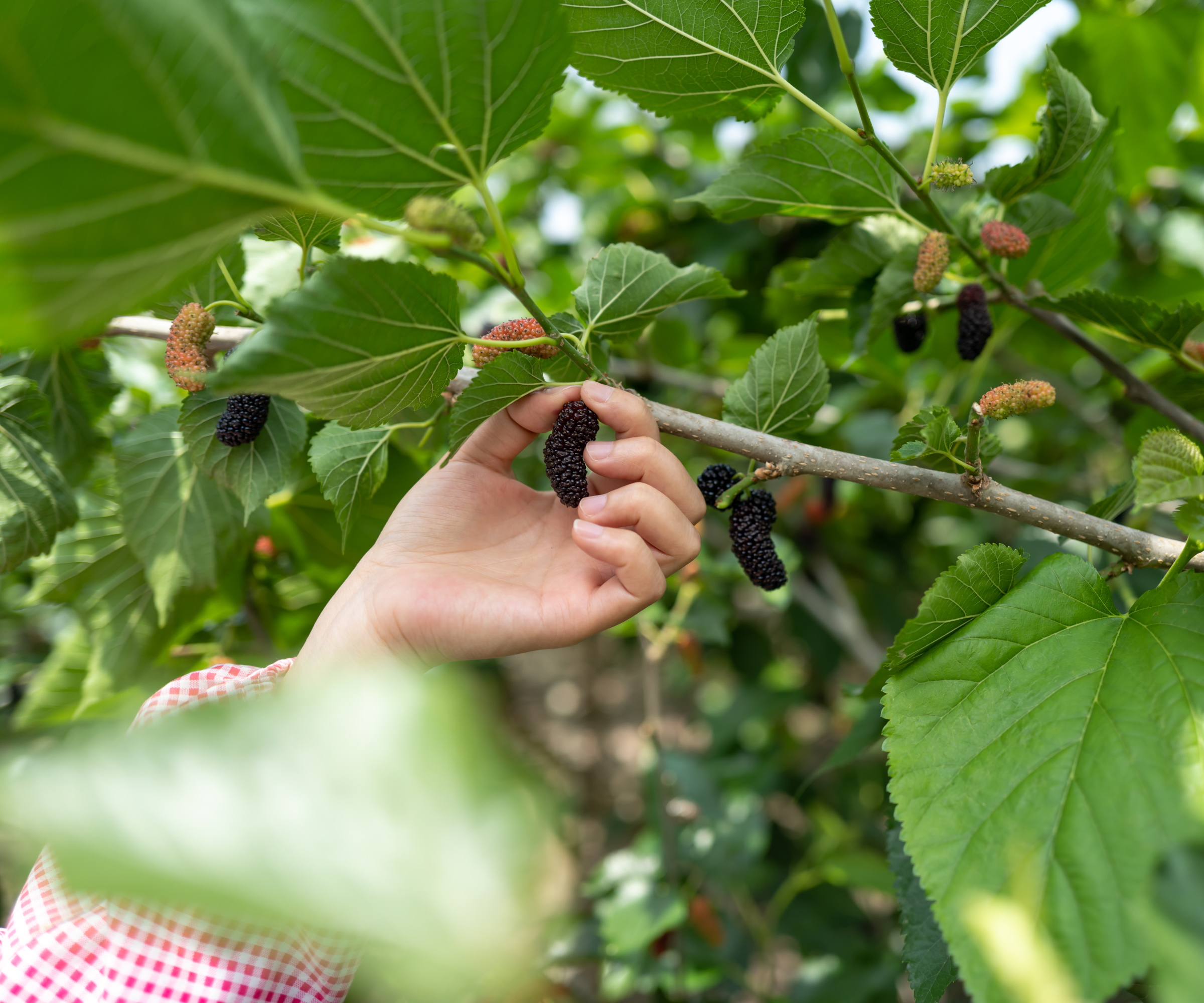
Dormant pruning in late winter: Late winter is the ideal time for structural pruning. Use this period to assess the tree's overall shape and health, and plan your pruning strategy for the best fruit production. Save the bulk of your pruning for spring, which we go into detail on below.
Protection from extreme cold, especially for young trees: In regions with harsh winters, young mulberry trees may benefit from some winter protection. Wrapping the trunk with burlap or a tree guard can protect against frost damage and rodent gnawing.
How to get a mulberry to fruit – spring tips
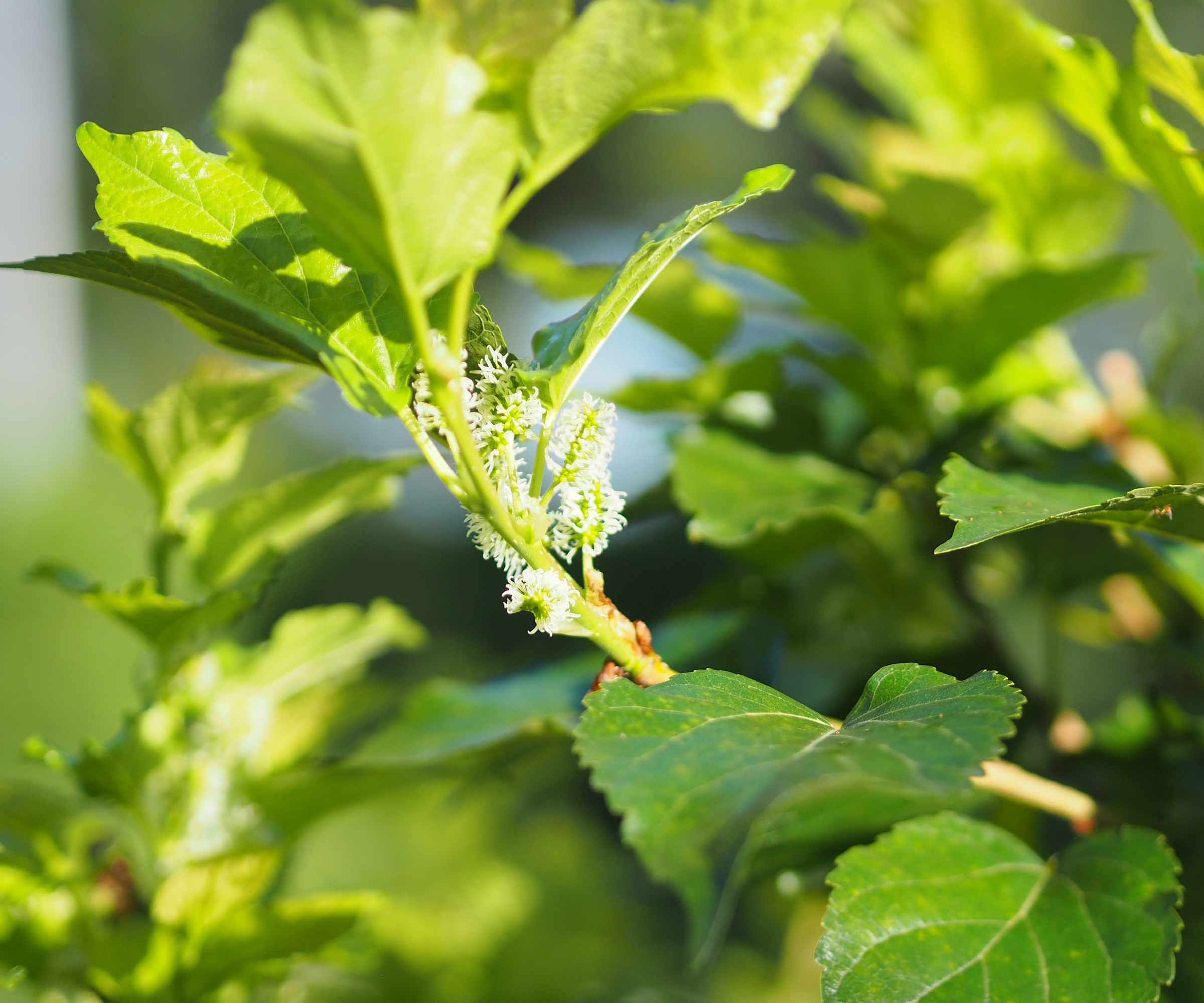
Help trees with pollination: Most mulberry trees are self-fertile, so a single tree is usually enough to produce a good crop of fruit. However, if yours isn’t fruiting as well as expected, boosting pollinator activity can make a real difference.
‘To maximize fruit production, it helps to have more than one flowering tree or shrub nearby and to actively encourage pollinators such as bees,’ explains Grant. ‘Just be careful not to overwater during the spring pollination period, as this can interfere with fruit set,’ he adds.
While you can hand-pollinate if necessary, the simplest solution is to fill your garden with pollinator-friendly plants. By attracting plenty of bees and other beneficial insects, nature will take care of the pollination process for you.
Pruning for production: Like most fruit trees, mulberries thrive in a sunny spot. If you’re still deciding where to plant yours, choose a location that receives plenty of direct sunlight throughout the day.
‘Mulberry trees need full sun exposure for at least six to eight hours daily,’ explains Tammy Sons, horticulturist and CEO of TN Nurseries. ‘Without adequate sunlight, you’ll see fewer flowers and a much smaller fruit harvest,’ she warns.
A sunny position doesn’t just boost flowering and fruiting – it also helps maintain the warm temperatures mulberries love. ‘The ideal temperature range for fruit production is between 68–86°F,’ Tammy adds.
Once your tree is in the ground, relocating it isn’t practical, so it’s worth getting the positioning right from the start. If your mulberry isn’t getting enough light, consider pruning nearby trees or cutting back overhanging branches to let in more sunshine.
Give it a nutrient boost: A balanced fertilizer application in early spring will provide the necessary nutrients for robust growth and fruit set. Look for fertilizers with an NPK ratio like 10-10-10 or slightly higher in phosphorus to encourage flowering and fruiting. Spread the fertilizer evenly around the drip line of the tree and water it in thoroughly.
How to get a mulberry to fruit – summer tips
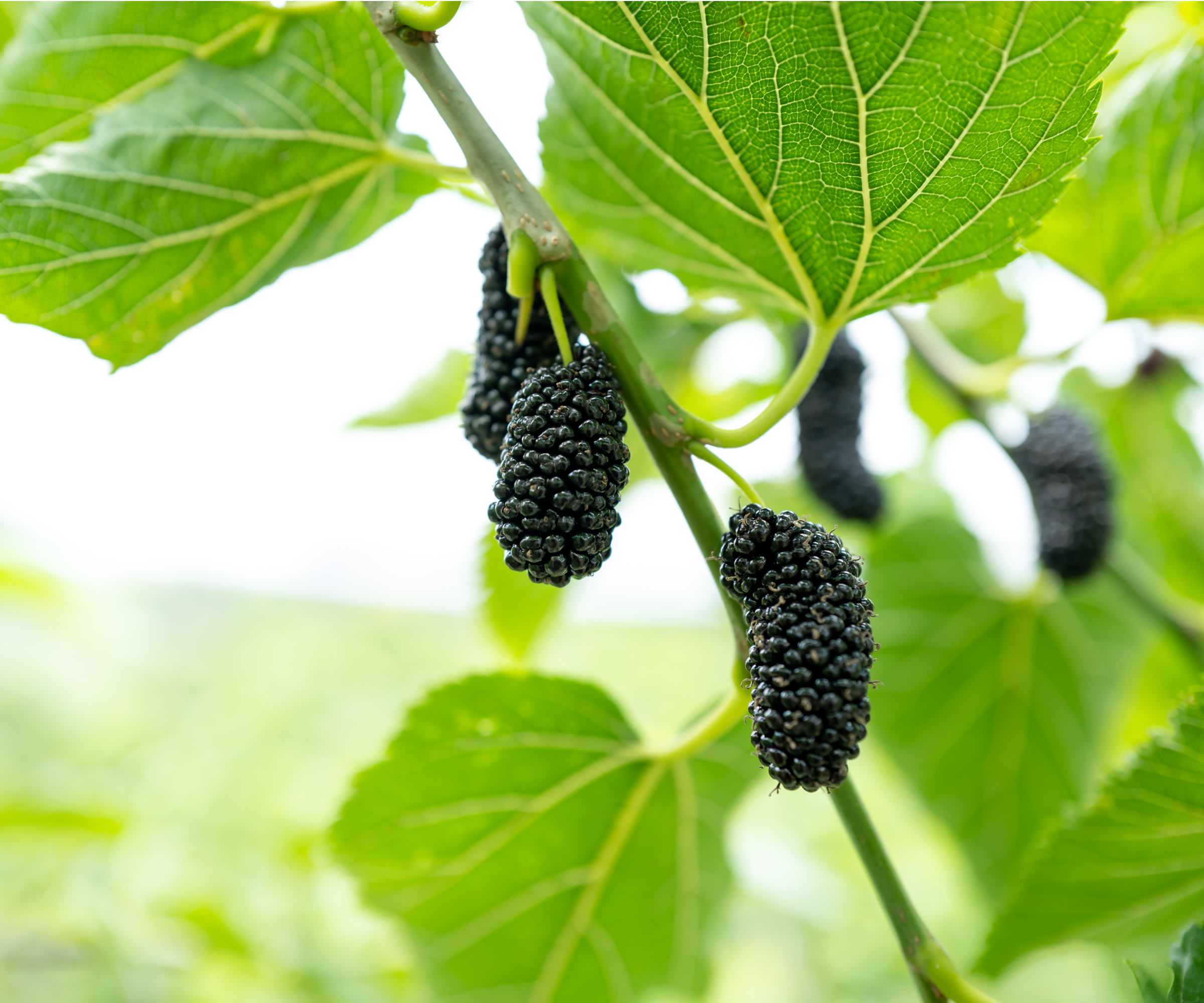
Protect fruits from wildlife: Birds are often as fond of mulberries as humans are. If bird damage is significant, consider netting your tree as the fruit begins to ripen.
Harvest at peak ripeness: Mulberries typically ripen over several weeks. Harvest them when they are fully colored and detach easily from the stem with a gentle tug.
Unripe mulberries are often sour. Regularly harvesting encourages the tree to produce more fruit.
Shop mulberry tree care
This balanced slow-release fertilizer has an NPK of 10-10-10, perfect for mulberry trees, and feeds plants for up to 8 weeks.
These protective gardening gloves will keep your hands safe when maintaining your mulberry trees.
An organic mulch made from natural forest products to spread around the base of fruit trees to insulate the roots from frost.
It's also worth noting the best soil type for mulberry trees is a well-draining one. These trees don't so well when sitting in overly wet soil, so it's best to let it grow in soil that allows excess water to drain away.
They also thrive best in a neutral to slightly acidic pH. If your soil has an alkaline pH, try our expert methods for making your soil more acidic.







